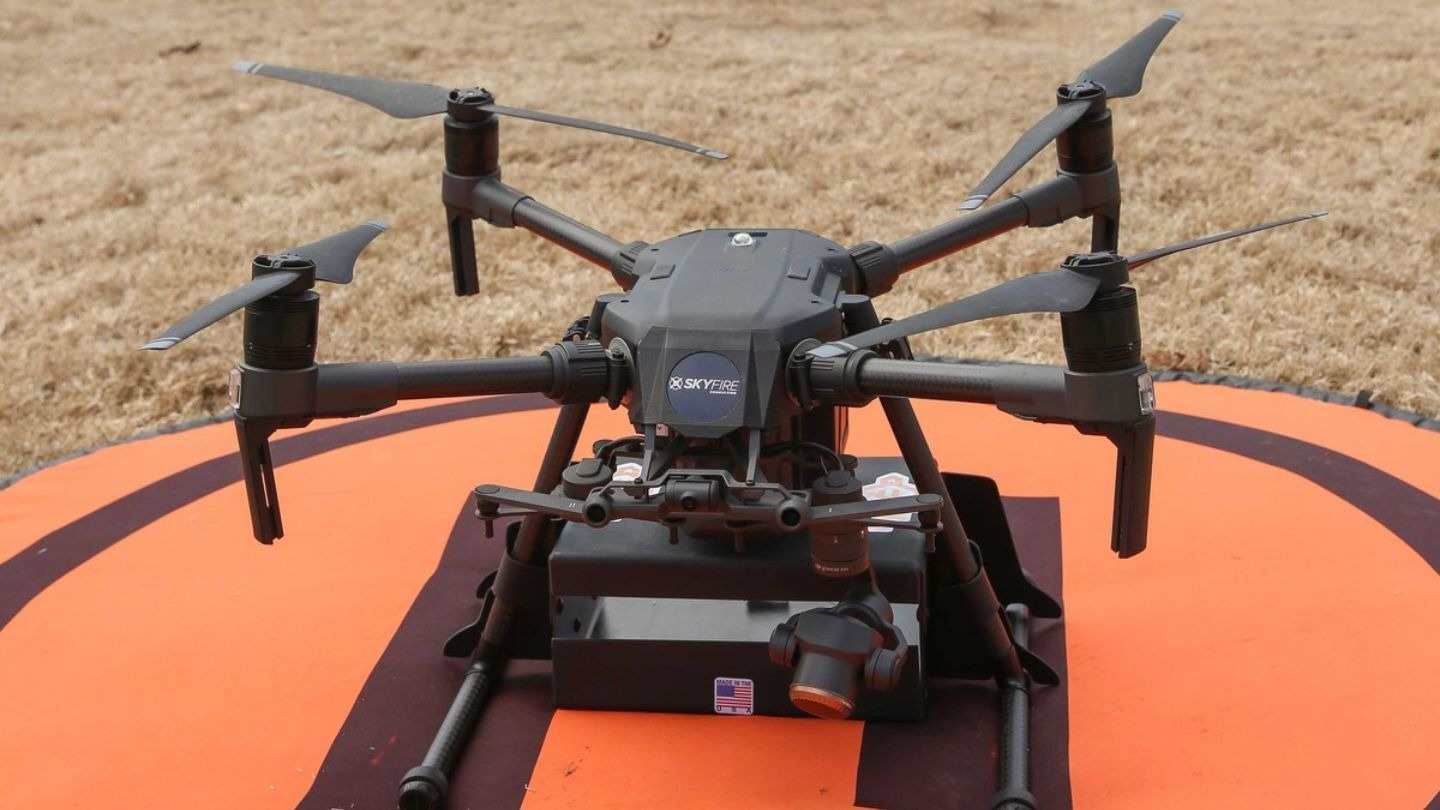Attempts to improve the synchronization of drone responses to natural and artificial adversities have offered The University of Alabama in Huntsville (UAH) a three-year grant of $828,070, which is the second-largest in a group lately bestowed by the US Department of Transportation’s Federal Aviation Administration (FAA).
 UAH’s $828,070 grant was the second-largest recently awarded. Image credit: Michael Mercier / UAH
UAH’s $828,070 grant was the second-largest recently awarded. Image credit: Michael Mercier / UAH
This is a continuation of work UAH began with the FAA in disaster response starting a few years ago. Our progress to-date has defined new first responder UAS operating procedures for disaster support, and we have begun exercises in these new procedures and checklists in mock events across the country, in Alabama, Vermont, North Carolina and New Mexico.
Jerry Hendrix, Director, Unmanned Aircraft Systems Program, Rotorcraft Systems Engineering and Simulation Center, The University of Alabama in Huntsville
Collaboration of UAH will take place with Kansas State University, New Mexico State University, the University of Vermont, and North Carolina State University. The study will concentrate on steps to join UAS operators from within federal agencies such as the Department of Interior and the Department of Homeland Security, along with the Federal Emergency Management Agency, as well as local and state disaster preparedness and emergency response organizations, so as to assure right coordination in disasters.
In the third round of Alliance for System Safety of UAS through Research Excellence (ASSURE) grants, the FAA offered financial support to a total of five universities, bringing the total to 20 grants that are valued at $21 million for fiscal year 2022. UAH is ASSURE’s charter member.
This grant is a result of the leadership of ASSURE at Mississippi State University and their continued confidence in UAH.
Jerry Hendrix, Director, Unmanned Aircraft Systems Program, Rotorcraft Systems Engineering and Simulation Center, The University of Alabama in Huntsville
Hendrix states that extra rounds of events and exercises will be done by researchers to drill down into widespread coordination information for the process of disaster response.
Examinations will also concentrate on data product delivery for incident commanders, like videos, images, and geographic information about natural and artificial adversities and crises like hurricanes, wildfires, and train derailments. He says that the complete process will be measured and thoroughly documented.
The results will help inform requirements, technical standards and regulations needed to enable disaster preparedness and emergency response and recovery operations for UAS. This research will also develop a database with data collected during the project to be analyzed to produce various key performance measures and metrics that characterize overall pilot proficiency in a flight environment.
Jerry Hendrix, Director, Unmanned Aircraft Systems Program, Rotorcraft Systems Engineering and Simulation Center, The University of Alabama in Huntsville
Rotorcraft Systems Engineering and Simulation Center (RSESC) employees and student workers will be included, and Hendrix states that more students will be included as the program advances.
The study may also be valuable to the Cooperative Institute for Research to Operations in Hydrology (CIROH), and UAH is a member of CIROH. CIROH is an organization that strives for better prediction of water-related threats and management of the country’s water resources. It includes 28 academic institutions, non-profit organizations, and government and industry partners throughout the US and Canada.
The National Oceanic and Atmospheric Administration fund CIROH, and the administration of CIROH is taken care of by the Alabama Water Institute at the University of Alabama.
“Flooding is a part of the hurricane process. In this research, we will tie together flood modeling and UAS missions in order to measure rising water, as well as to operate that system in support of wildfire response,” Hendrix concludes.